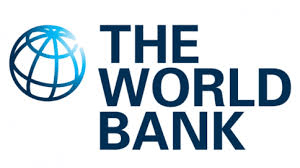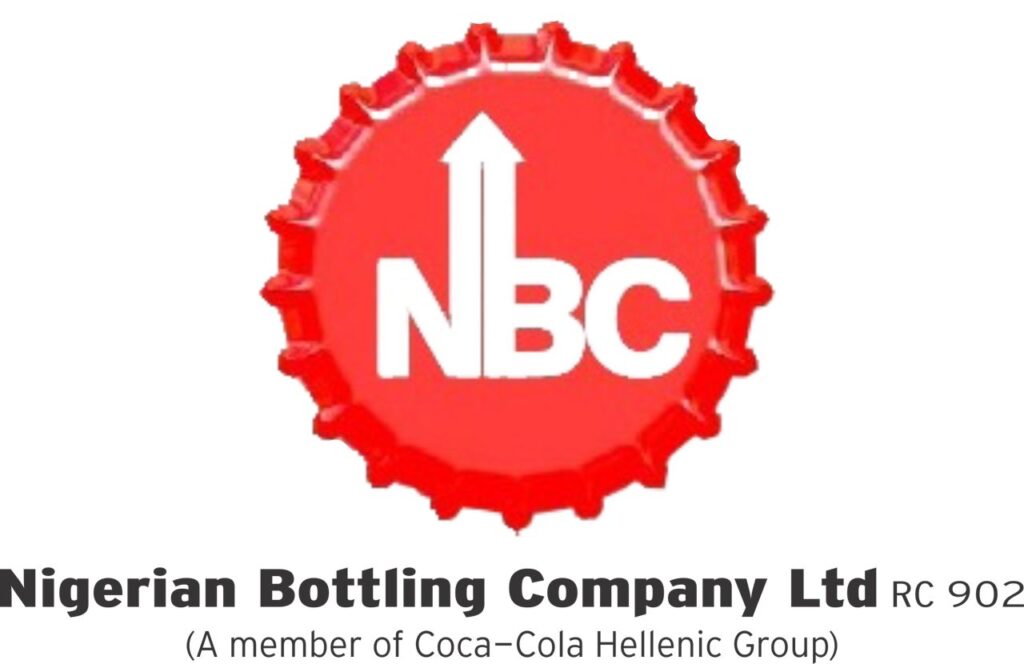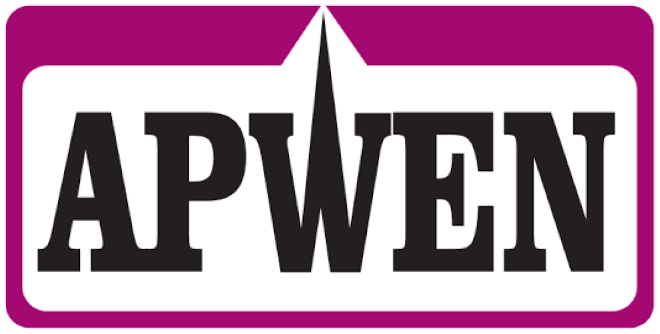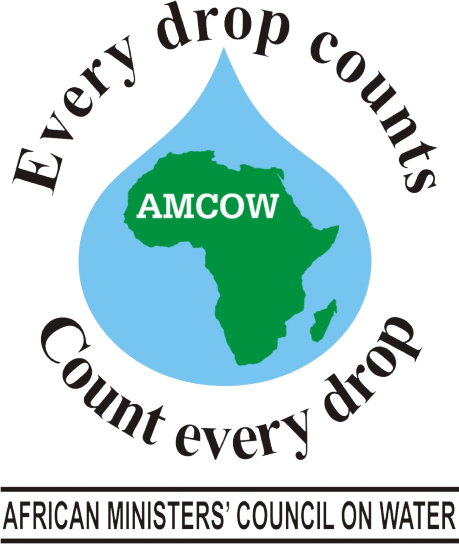
This document discusses the benefits of adopting the Cost Method of Accounting (CMA) over the traditional Retail Method of Accounting (RMA) for retail companies. International Financial Reporting Standards (IFRS) will soon require CMA, which tracks inventory costs at the item-location level using moving averages rather than aggregated class levels. CMA provides more accurate profitability analysis and the ability to target products to specific stores. Unlike retail accounting, which estimates the value of closing inventory based on consistent sales margins, cost accounting values inventory using the historical cost of each item.

What Is Retail Accounting? A Guide to the Retail Method of Accounting

For TD Cowen’s Chen, this is the main reason why retailers should bite the bullet and switch to cost accounting. If a retailer brings in too much, inventory bloats and leads to discounts. Bringing in too little means missed sales, so most buyers will order somewhat above their plan. In fashion and other sectors where changing tastes, styles and/or seasons affect demand, this is especially tricky.
How to calculate inventory value using retail accounting

The problem comes when you’re dealing with several products with widely differing sales margins. In that case, you may need to calculate the weighted average of your cost-to-sales ratio. Retail accounting is a method accountants use to assign a dollar amount to closing inventory.

Crafting Your Exit Planning: Strategies to Maximize Business Value
We believe everyone should be able to make financial decisions with confidence. Sarah Johnstone is a seasoned business journalist with a rich background in restaurant management, bookkeeping, and human resources. She combines her passion for storytelling with her financial expertise to bring engaging and insightful business narratives to life. With two-way accounting integrations to QuickBooks, Xero, Sage Intacct, and more, Fyle syncs your expenses seamlessly.
Retail Inventory Method (Average Cost)
Activity-based costing (ABC) identifies overhead costs from each department and assigns them to specific cost objects, such as goods or services. These activities retail accounting are also considered to be cost drivers, and they are the measures used as the basis for allocating overhead costs. Marginal costing (sometimes called cost-volume-profit analysis) is the impact on the cost of a product by adding one additional unit into production. Marginal costing can help management identify the impact of varying levels of costs and volume on operating profit. Major challenges include inventory management, tracking shrinkage, dealing with returns, accurately calculating sales tax, and integrating point-of-sale systems with accounting software.
It’s perfect for businesses with many products and varied costs. This method makes tracking inventory costs simpler by using markup percentages and retail prices. The retail method adjusts retail accounting vs cost accounting for markdowns when determining the cost-to-retail percentage, but the timing of these reductions can affect reported margins.

Activity-Based Costing (ABC)
- You can connect all your Shopify stores to track income and expenses.
- They follow a cycle of buying, selling, and collecting money.
- Thus, this method is often used by companies that hope to enhance their acquisition appeal or entice additional investors.
- It’s vital for businesses to track every dollar spent on product production.
- Two major retailers that have done so say they are happy they did.
- If you have a retail store, you probably considered using retail accounting.
The accountant then can determine the total cost spent on each activity by summing up the percentage of each worker’s salary spent on that activity. Cost-accounting systems ,and the techniques that are used with them, can have a Financial Forecasting For Startups high start-up cost to develop and implement. Training accounting staff and managers on esoteric and often complex systems takes time and effort, and mistakes may be made early on.
You can use it to automate tedious inventory processes such as creating reports, creating purchase orders for vendors when quantities dip below your predetermined threshold, and receiving new stock. All ecommerce store owners need to understand how to value their month end or year end inventory. This valuation helps you know whether your business is profitable, the amount of tax you will pay to the IRS, and impacts your chances of securing a loan.
Together they equal an inventory of $19,500, or a value of $2.79 per piece. This method averages the cost of all inventory items and applies that average to sold goods. It’s a straightforward approach, particularly for businesses with many similar products. At its most basic, retail accounting counts the cost of inventory relative to the selling price. In fact, calling it retail accounting makes it sound as if there is a special discipline of accounting, especially for retailers. Because gross margins factor into buyers’ evaluations and compensation, RIM ledger account often plays a part in buying behavior at apparel retailers and department stores.

















